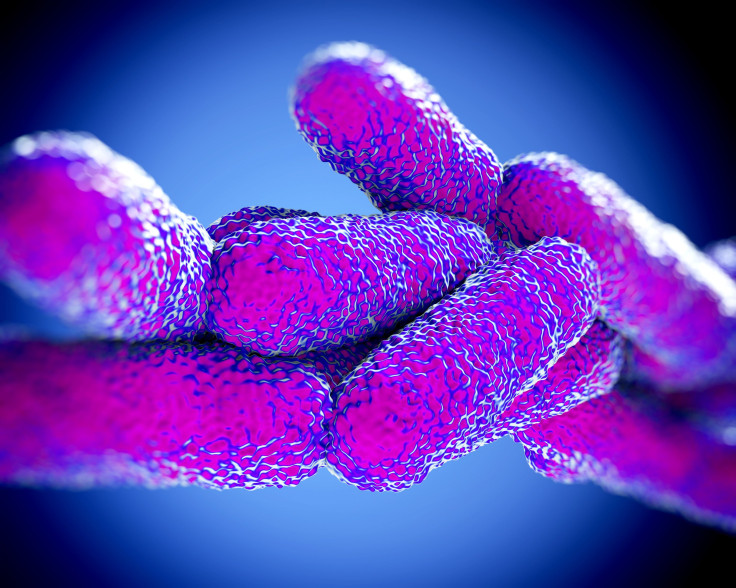Outbreak Of Legionnaires' Disease Has Infected 31 People, Killed 2 In NYC, Officials Scrambling To Find Source

The rare but frightful Legionnaires’ disease has made its way to the Big Apple, the New York Department of Health reported this Wednesday. Health officials are currently investigating an outbreak of the bacterial bug that has at least infected 31 people and left two dead since July 10, all situated around the South Bronx area.
“We are concerned about this unusual increase in Legionnaires’ disease cases in the South Bronx,” said Health Commissioner Dr. Mary Bassett in a statement by the Department. “We are conducting a swift investigation to determine the source of the outbreak and prevent future cases. I urge anyone with symptoms to seek medical attention right away.”
Since its first recorded outbreak during an American Legion convention in Philadelphia in 1976, Legionnaires’ disease has largely remained in the shadows, only occasionally infecting people to the degree seen during its debut, which resulted in 182 documented cases and 29 deaths.
Caused by bacteria in the Legionella genus (though primarily by Legionella pneumophila), its early symptoms of fever and muscle weakness resemble the flu, but it then progresses to full-blown pneumonia, or an inflammation of the lung, which brings along coughing fits and gastrointestinal symptoms like vomiting and diarrhea. When it doesn’t, it’s instead called Pontiac fever, which represents the majority of Legionella infections and is considered nonfatal. The more potent version of the illness takes about two to 10 days for symptoms to begin showing.
More formally known as legionellosis, the disease is very much a product of the modern world, with the moist conditions provided by central air conditioning systems being unusually suited to these bacteria, which are normally found in soil or water. When water contaminated with the bacteria that cause Legionnaires’ is circulated through these cooling technologies, the bacteria become aerosolized, then able to infect humans more aggressively. The same can happen when it ends up in hot tubs, humidifiers, and ice makers. Its one saving grace is perhaps that it cannot be spread from person to person.
Fortunately, when caught and treated early with antibiotics, Legionnaires’ is rarely fatal, dropping below a five percent mortality rate, according to the Centers for Disease Control and Prevention. That fact makes the NYC Health Department’s search for the source of this current outbreak all the more crucial. They are currently combing through local cooling towers and other possible sources in the South Bronx to find the outbreak’s epicenter.
Health officials warn that Legionnaires’ is particularly dangerous for those older, have a history of smoking or are otherwise immunocompromised. They advise that anyone who feels they’ve come down with the symptoms of Legionnaires’ to call their doctor in order to be tested for its presence.



























